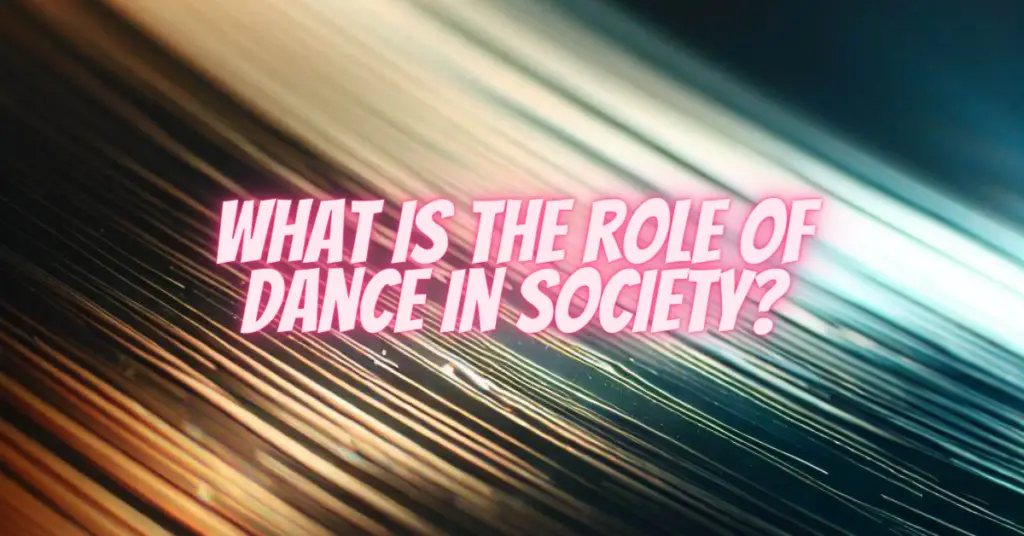Dance, as a universal language, transcends cultural boundaries and speaks to the core of the human experience. In every corner of the world, dance plays a significant role in shaping societies, connecting people, and reflecting the values and aspirations of communities. In this article, we will explore the multifaceted role of dance in society, delving into its cultural, social, educational, and therapeutic dimensions.
1. Cultural Expression and Preservation:
Dance is an integral part of cultural expression, embodying the traditions, rituals, and beliefs of communities. Through dance, cultural narratives are preserved and passed down from generation to generation. Traditional dances often depict historical events, myths, and social customs, serving as living repositories of a society’s heritage.
2. Social Cohesion and Community Bonding:
Dance fosters social cohesion by bringing people together in shared experiences. Whether in social gatherings, festivals, or celebrations, dancing creates a sense of community and belonging. Group dances promote teamwork and cooperation, reinforcing social bonds and strengthening relationships within communities.
3. Educational Impact:
Dance plays a vital role in education, enhancing learning experiences for students of all ages. In schools, dance education not only nurtures creativity and self-expression but also promotes physical fitness and coordination. Additionally, dance enhances cognitive skills, encouraging discipline, focus, and problem-solving abilities among learners.
4. Emotional Expression and Therapy:
Dance provides a unique outlet for emotional expression, allowing individuals to convey feelings and emotions that are difficult to express through words. In therapeutic contexts, such as dance therapy, movement is used to address psychological, emotional, and social challenges. Dance therapy can aid in stress reduction, improve self-esteem, and promote mental well-being.
5. Promoting Cultural Understanding and Global Exchange:
Dance serves as a bridge between cultures, fostering understanding and appreciation for the diversity of the human experience. Cultural exchange programs, international dance festivals, and collaborations between artists from different countries facilitate dialogue, promoting mutual respect and breaking down stereotypes.
6. Entertainment and Tourism:
Dance is a source of entertainment and a significant aspect of the tourism industry. Traditional and contemporary dance performances attract audiences worldwide, contributing to the cultural enrichment of tourists and providing economic opportunities for local communities.
Conclusion
In society, dance is far more than a sequence of movements; it is a vibrant expression of identity, a catalyst for social cohesion, a tool for education, a therapeutic medium, and a means for cultural exchange. Through dance, societies celebrate their unique cultural heritages, build stronger communities, nurture creativity in education, promote emotional well-being, enhance global understanding, and entertain the world. As we continue to appreciate and embrace the diverse forms of dance, we enrich our lives, celebrate our shared humanity, and dance our way toward a more harmonious world.

